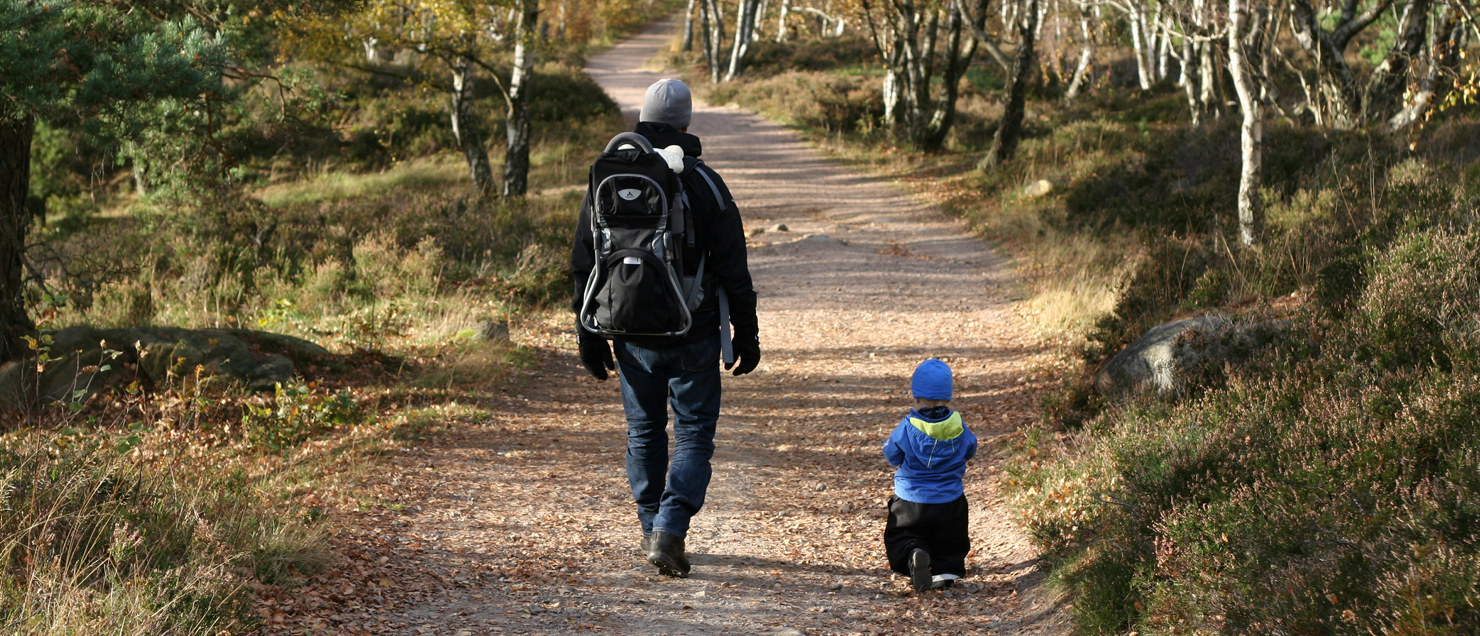Urban nature

Many interests collide when it comes to nature in and near cities. Can recreation and outdoor activities coexist with nature conservation? Bengt Gunnarsson, Professor at the Department of Biological and Environmental Sciences at the University of Gothenburg, is doing research on how green belts near cities should be cared for so that different interests can be combined in the best possible way.
During recent years, it has been discovered how biodiversity in both animals and plants is often great in woodlands close to cities. Many species and types of wild nature have been conserved thanks to care and protection from exploitation.
The green belts close to cities have often been saved for recreation and outdoor activities. Is it possible to combine these with nature conservation and active work on conserving endangered species?
"Absolutely", says Bengt Gunnarsson. "For example, a rich plant and animal life is considered a very positive experience and is an important reason for people to visit woodlands and natural environments."
He continues: "However, there are of course conflicts of interest. One common care measure is that bushes and smaller trees are cleared away. Forests with thinned-out undergrowth are experienced as pleasanter and also safer to spend time in. At the same time, bushes constitute an important layer for many small birds seeking their food, since they can hide there from predators."
A major maintenance experiment in five forest areas close to cities in Västra Götaland showed that a moderate clearance of the bush layer helped both birds and people to feel comfortable and thrive:
"Most people want a mixture of open woodlands and untouched forest to hike in", says Bengt Gunnarsson. "We also made sure that the birdlife was flourishing and that birds continued to nest in the forested areas that were not cleared more than fifty per cent."
Recreation and the conservation of endangered species are only two of the many functions had by green belts close to cities that are to people's advantage. In a future research project, Bengt Gunnarsson also wants to evaluate their functions economically.
Linking knowledge of biological diversity and how it affects us humans in this applied, practical way, is unique to Bengt Gunnarsson's research group:
"I want to combine the work of conservation with people's well-being and nature that people will enjoy", he comments enthusiastically.
Bengt Gunnarsson's interest in ecology and nature conservation started early on, when he was a field biologist as a youth. Spiders and other creepy-crawlies were the focus of his research in the beginning. Among other things, he carried out a study in the Botanical Garden on how the number of bugs in treetops was affected by birds' search for food in park environments.






